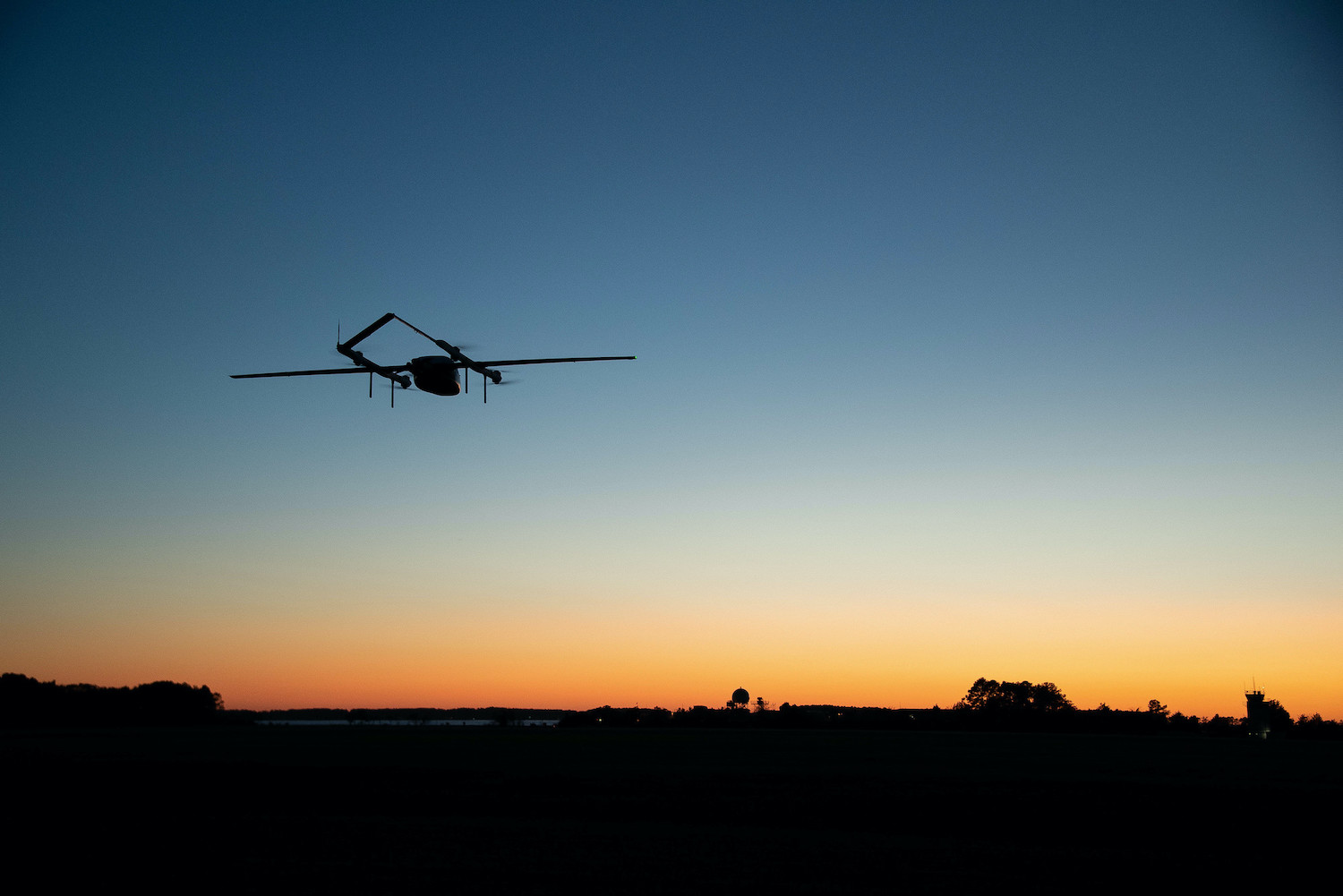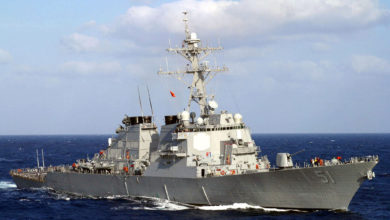Engineers, testers, and military test pilots at the Naval Air Warfare Center Aircraft Division (NAWCAD) are currently evaluating a logistics Unmanned Aerial System (UAS) dubbed Blue Water Maritime Logistics.
The new UAS system is designed to provide ship-to-ship and ship-to-shore cargo transport to better fulfill the navy’s requirements.
Presently, aircraft such as the H60 Seahawk or V22 Osprey perform cargo transport duties for the navy such as delivering critical spare parts and medicines weighing less than 50 pounds (22 kilograms). This comprises 90 percent of all cargo delivered according to naval data.
Such tasks — particularly delivering critical parts to warships — are important, as warships which are classified as “non-mission capable” or “partially mission capable” often become so due to logistical issues such as problems with electronic parts or assemblies.
Navy Needs Smaller Aircraft
The US Navy, however, found that using the aforementioned aircraft to deliver such lightweight cargo was proving inefficient and costly, prompting them to tap NAWCAD for their requirements.
NAWCAD, in turn, solicited the private sector to demonstrate potentially viable platforms that could autonomously transport a 20-pound payload to a moving ship 25 miles (40 kilometers) away without refueling.
“This requirement is unlike other cargo requirements that online retailers like Amazon are exploring,” said Blue Water’s project lead, Bill Macchione. “Naval cargo transport requires vehicles that can successfully operate through difficult environments that include heavy winds, open water, and pitching vessels at sea.”
NAWCAD analyzed over 65 UASs for their needs and zeroed in on two systems last year, out of which Skyways’ UAS was selected for the task, as it had the necessary size, payload capacity, and range potential to function in a maritime environment.
It also allowed them to subject NAWCAD to incremental tests with supporting technologies that might ultimately meet the needs of the navy.












